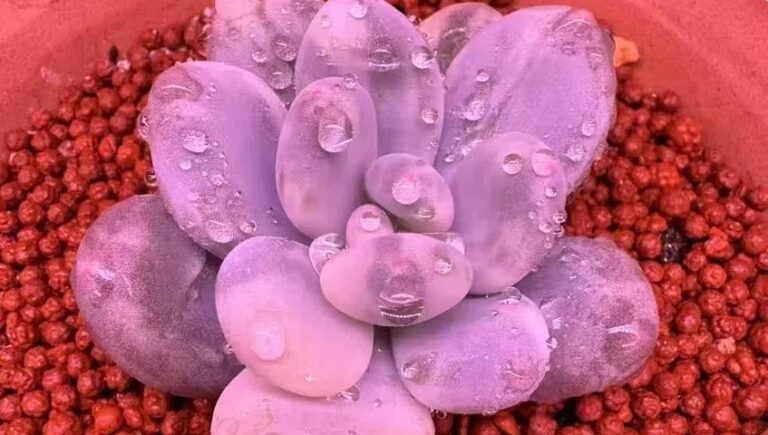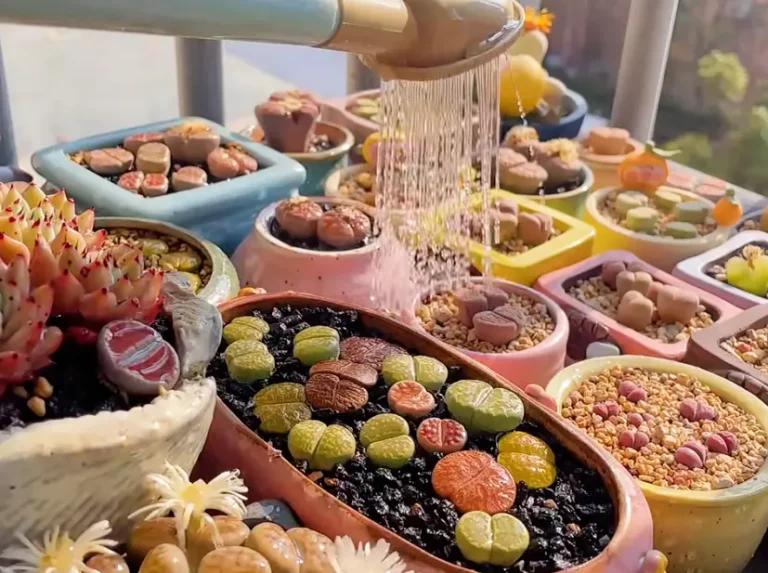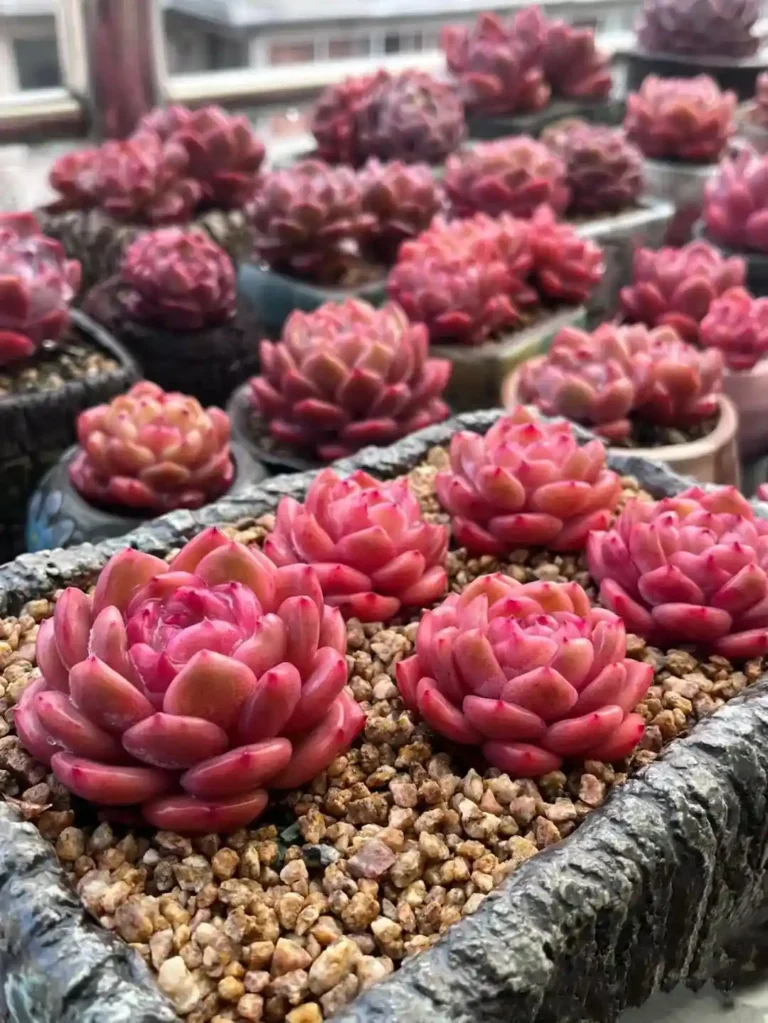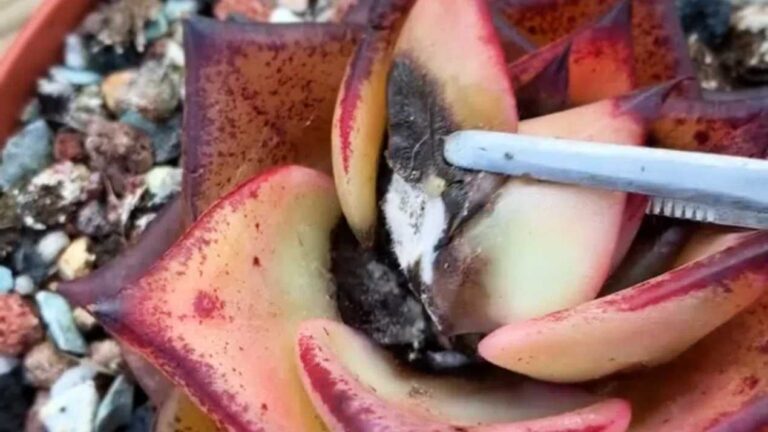Ever wondered how to fertilize succulents without harming them? Let’s dive into the ultimate 2025guide revealing safe fertilization methods, tailored schedules, and expert-approved organic solutions to make your chubby plants thrive!
01 Types of Fertilizers for Succulents
Many plant parents ask: “Do succulents even need fertilizer?” While these hardy plants require minimal feeding, choosing the right fertilizer type is crucial.
1. Specially Formulated Succulent Fertilizers
Always prioritize slow-release succulent fertilizers like Osmocote pellets. These pre-measured granules gradually release nutrients for 1-3 months, providing steady nourishment without risks of fertilizer burn – perfect for indoor/balcony plants.
2. Organic Options
Well-rotted chicken manure, worm castings, or crushed eggshells offer natural nutrition. Remember: Use only fully fermented organic matter to avoid bacterial growth and root damage.
02 The Golden Rule: Less is More
Before feeding, loosen topsoil to enhance absorption. Apply fertilizer sparingly – think “1 teaspoon per pot” rather than “the more the better”. For most succulents, bi-monthly feeding during growth seasons suffices.
03 Scientific Fertilization Manual
Best season: spring and fall (15-25℃)
Dangerous period: summer >30℃/winter <10℃
Frequency: every 3 months/times
Tips for using controlled-release fertilizers
Osmocote (Orgreen Fertilizer) or Melaleuca slow-release fertilizer is recommended:
■ Soil mixing method: mix 5g of fertilizer per liter of soil.
■ Fertilizer method: bury 2cm from the roots
■ Contraindication: Do not spread on the soil surface!
[dosage reference]
Pot Diameter vs Fertilizer Amount:
10cm pot ➔ 10 capsules
15cm pot ➔ 15 capsules
20cm pot ➔ 20 capsules
[Common Misconceptions]
“I water my succulent with nutrient solution every day” – this is a fatal mistake! Over-fertilizing can lead to:
Root burn
Leaf watering
Decreased disease resistance
04 Post-Feeding Care Tips
Always water thoroughly after applying fertilizer to:
1️⃣ Help nutrients integrate with soil
2️⃣ Dilute concentrated formulas
⚠️ Protect leaves from direct contact – fertilizer burns cause permanent scars!
Pro Tip
Never fertilize during rainy/humid days – moist conditions increase burn risks. Stick to sunny mornings for best absorption!
With proper fertilization, your succulents will display vibrant colors and compact forms. Remember: Patience and moderation are key!
05 Controlled-Release vs Slow-Release Fertilizers: Differences
1. How Slow-Release Fertilizers Work:
All coated fertilizers (yellow/white/gray pellets) share this basic structure:
The Science Made Simple:
✅ Outer layer: Resin coating with microscopic pores
✅ Core: NPK + micronutrients (powder/solid)
Release Mechanism:
1️⃣ Water enters through pores when you irrigate
2️⃣ Nutrients dissolve into liquid solution
3️⃣ Solution seeps out gradually via pores
4️⃣ Roots absorb nutrients
Critical Flaw:
Standard slow-release fertilizers operate like leaky faucets—they drip nutrients constantly (3-6 months), even when plants are dormant. This causes 63% of overfeeding cases!
- Controlled-Release Fertilizers:
Feature 1: Temperature Intelligence
🌡️ 68-77°F (20-25°C): Pores expand → maximum release (growth season match)
🌡️ >95°F/35°C or <59°F/15°C: Pores contract → release stops (dormancy protection)
Feature 2: Salt Concentration Feedback
⚠️ When soil EC exceeds 2.5 mS/cm:
→ Pores shrink immediately
→ Release halts within 24h
→ Prevents root burn
Feature 3: Custom Release Curves
Slow-release: Straight-line release
Controlled-release: Peaks during growth spurts





